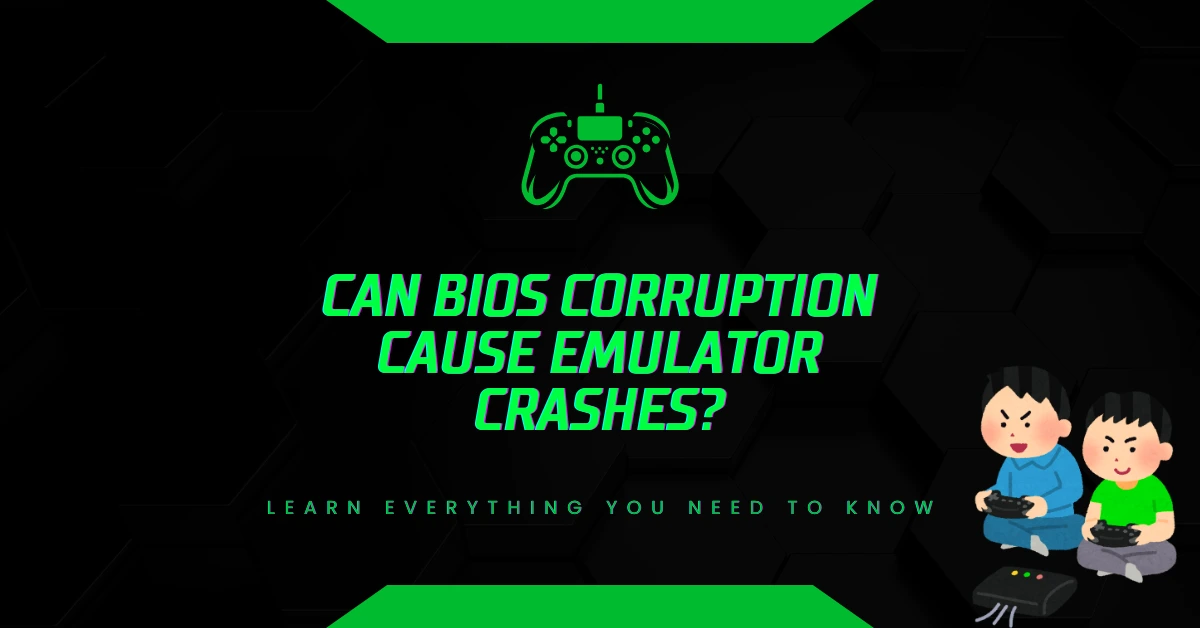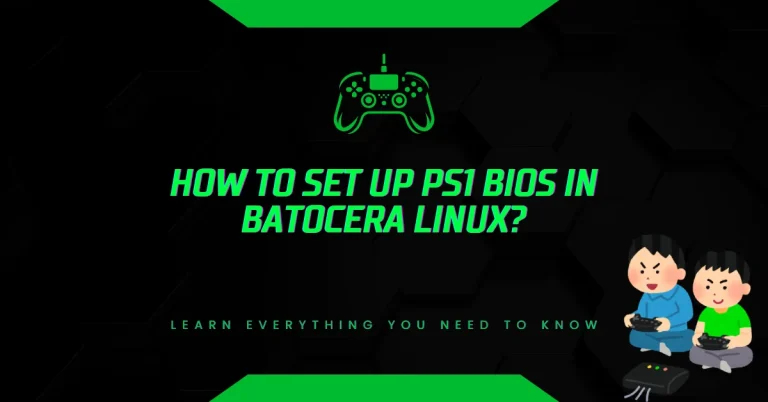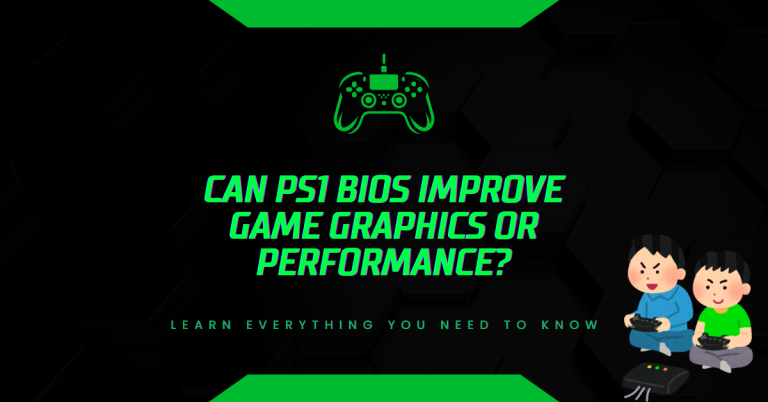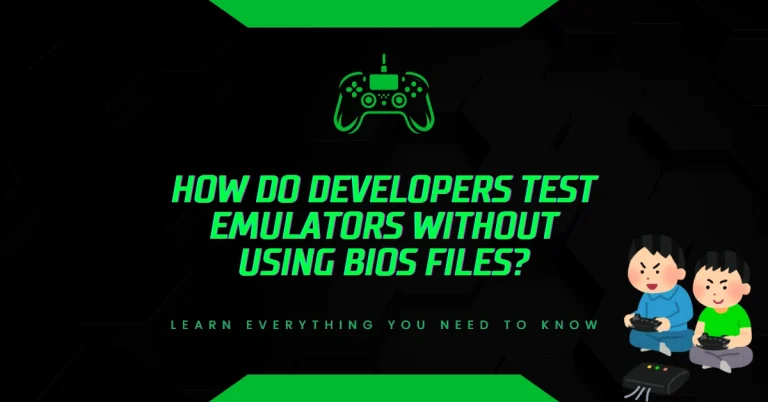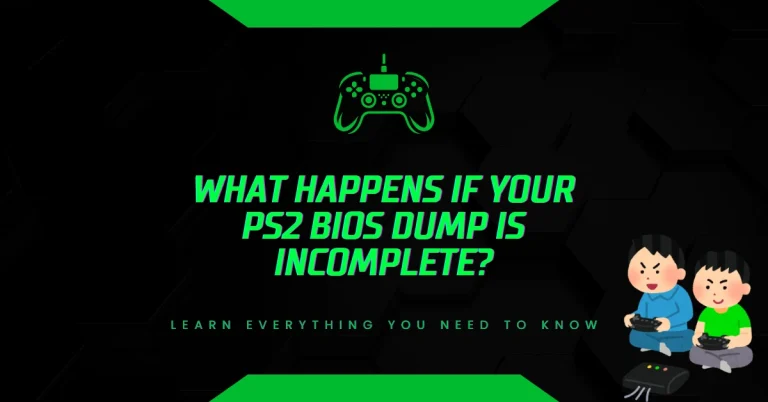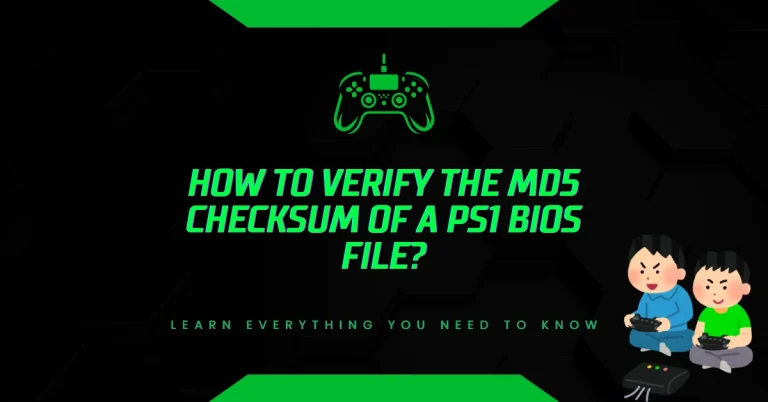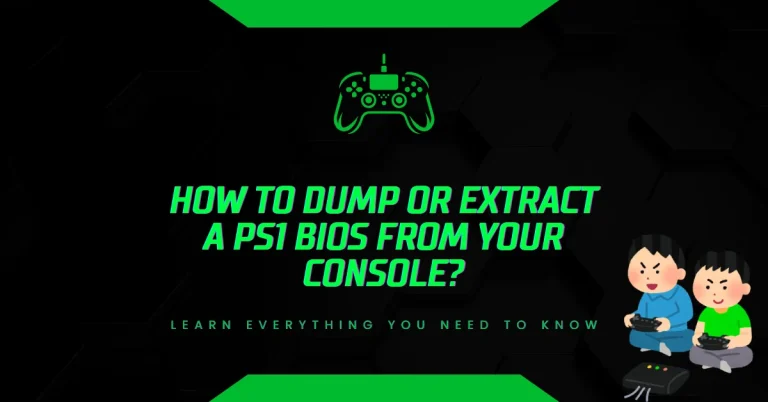Can BIOS Corruption Cause Emulator Crashes?
Emulator crashes can feel random and frustrating. But if your system’s BIOS is corrupted, it may silently disrupt hardware-level communication, causing emulators to fail unexpectedly.
BIOS Corruption: A Hidden Threat to Emulator Stability
BIOS (Basic Input/Output System) is firmware embedded in your motherboard. It controls how your system hardware communicates with the operating system. Emulators—like PCSX2, Dolphin, Yuzu, or BlueStacks simulate hardware environments. They rely on stable BIOS-level instructions to function correctly.
When BIOS is corrupted, emulators may misread hardware signals, leading to:
- Sudden crashes during gameplay
- Emulator freezing or failing to launch
- Inconsistent performance or graphical glitches
These issues often mimic software bugs, but the root cause may lie deeper—in the firmware layer.
Common Causes of BIOS Corruption
BIOS corruption can happen due to several technical reasons:
1. Interrupted BIOS Updates
If your system loses power or crashes during a BIOS update, the firmware may become incomplete or unstable. According to Intel, interrupted flashing is one of the leading causes of BIOS failure.
2. Malware Attacks
Advanced malware like LoJax or MoonBounce targets the UEFI firmware layer. These threats can modify BIOS settings or inject malicious code, affecting emulator behavior.
3. Faulty CMOS Battery
The CMOS battery powers BIOS memory. If it fails, BIOS settings may reset or become corrupted, especially on older systems.
4. Overclocking Instability
Unsafe CPU or RAM overclocking can destabilize BIOS configurations. This may cause emulators to misinterpret system specs or crash during high-load operations.
5. Motherboard Issues
Physical damage or aging components can corrupt BIOS storage. Inconsistent voltage delivery may also affect firmware integrity.
How BIOS Corruption Affects Emulator Performance?
Emulators depend on accurate hardware emulation. BIOS corruption interferes with this in several ways:
1. Incorrect Hardware Initialization
BIOS sets up hardware parameters like memory timing, CPU frequency, and I/O ports. If these are misconfigured, emulators may fail to allocate resources properly.
2. Driver Conflicts
Corrupted BIOS may load outdated or incompatible drivers. This can cause emulators to crash when accessing GPU, sound, or input devices.
3. Virtualization Errors
Modern emulators use virtualization features like Intel VT-x or AMD-V. BIOS corruption may disable these settings, leading to emulator launch failures.
4. Inconsistent System Clocks
BIOS manages system timers. If these are unstable, emulators may experience lag, audio desync, or frame skipping.
Real-World Examples and Case Studies
Example 1: PCSX2 Crashes Due to Disabled VT-x
A user running PCSX2 on an Intel i7 system reported frequent crashes. Investigation revealed that BIOS had reset VT-x settings after a failed update. Re-enabling virtualization resolved the issue.
Example 2: Dolphin Emulator Freezing on Boot
Another case involved Dolphin Emulator freezing during boot. The system had a corrupted BIOS due to malware. After flashing the BIOS with a clean version, the emulator ran smoothly.
Example 3: BlueStacks Lagging on AMD System
An AMD-based system showed severe lag in BlueStacks. BIOS corruption had disabled AMD-V, affecting virtualization. A BIOS reset restored performance.
How to Detect BIOS Corruption?
BIOS corruption isn’t always obvious. Here are signs to watch for:
- System fails to POST (Power-On Self-Test)
- BIOS settings reset randomly
- Emulator crashes without error logs
- Virtualization features missing in BIOS
- Inconsistent hardware detection in Device Manager
Use tools like CPU-Z, HWInfo, or Intel Processor Identification Utility to verify BIOS settings and hardware status.
Fixing BIOS Corruption Safely
1. Reset BIOS to Default
Access BIOS during boot (usually by pressing F2, DEL, or ESC). Use the “Load Setup Defaults” option to reset settings.
2. Update BIOS from Official Sources
Visit your motherboard manufacturer’s website. Download the latest BIOS version and follow their flashing instructions carefully. Use a UPS to prevent power loss during the update.
3. Replace CMOS Battery
If your BIOS settings reset frequently, replace the CMOS battery. It’s usually a CR2032 coin cell located on the motherboard.
4. Scan for Firmware Malware
Use tools like Kaspersky Rescue Disk or ESET UEFI Scanner to detect firmware-level threats.
5. Use BIOS Recovery Tools
Some motherboards offer recovery features like Dual BIOS or CrashFree BIOS. Refer to your motherboard manual for instructions.
Preventing Future BIOS Issues
Use Stable Power Supply
Avoid sudden shutdowns. Use a UPS during BIOS updates.
Avoid Unverified BIOS Files
Only download BIOS updates from official manufacturer websites.
Monitor System Health
Use diagnostic tools to check voltage, temperature, and hardware status regularly.
Enable BIOS Password
Prevent unauthorized changes by setting a BIOS admin password.
Keep Antivirus Updated
Modern antivirus tools can detect firmware-level threats.
Emulator-Specific BIOS Dependencies
Some emulators require BIOS files to function. These are separate from your system BIOS but can also cause crashes if corrupted.
PlayStation Emulators (e.g., PCSX2)
Require official PlayStation BIOS files. Corrupted or mismatched files can prevent games from loading.
Sega Emulators
BIOS files are needed for accurate sound and graphics emulation. Missing files may cause crashes or glitches.
Game Boy Advance Emulators
Some GBA emulators use BIOS files for boot animations and compatibility. Incorrect files may affect performance.
Always verify emulator BIOS files using checksums (e.g., MD5 or SHA-1) to ensure integrity.
BIOS vs Emulator Settings
It’s important to distinguish between system BIOS and emulator configuration:
| Feature | System BIOS | Emulator Settings |
|---|---|---|
| Location | Motherboard firmware | Emulator software |
| Role | Initializes hardware | Simulates hardware |
| Impact | Affects entire system | Affects emulator only |
| Corruption Risk | Power loss, malware | File corruption, misconfiguration |
| Fix Method | Flashing or reset | Reinstall or reconfigure |
Both layers must work correctly for stable emulation.
When to Seek Professional Help ?
If BIOS corruption persists or affects multiple emulators, consider:
- Visiting a certified technician
- Replacing the motherboard if BIOS recovery fails
- Using professional data recovery tools if emulator files are lost
Avoid DIY flashing if you’re unsure. Incorrect procedures can permanently damage your system.
Conclusion
Yes, BIOS corruption can absolutely cause emulator crashes. It disrupts hardware initialization, virtualization, and driver compatibility key elements for emulator stability. By understanding the symptoms, causes, and fixes, users can restore smooth emulation and prevent future issues.
Always keep BIOS updated, secure, and backed by verified settings. Whether you’re gaming, testing, or developing, stable firmware is essential for reliable emulator performance.

Hi, I’m Leo Whitmore, author at bios-ps2.com. I’m passionate about gaming and tech. I love helping others enjoy retro gaming through simple guides and tools. Here, I share tips to make emulation easy and fun for everyone.
Contents
- 1 BIOS Corruption: A Hidden Threat to Emulator Stability
- 2 Common Causes of BIOS Corruption
- 3 How BIOS Corruption Affects Emulator Performance?
- 4 Real-World Examples and Case Studies
- 5 How to Detect BIOS Corruption?
- 6 Fixing BIOS Corruption Safely
- 7 Preventing Future BIOS Issues
- 8 Emulator-Specific BIOS Dependencies
- 9 BIOS vs Emulator Settings
- 10 When to Seek Professional Help ?
- 11 Conclusion

